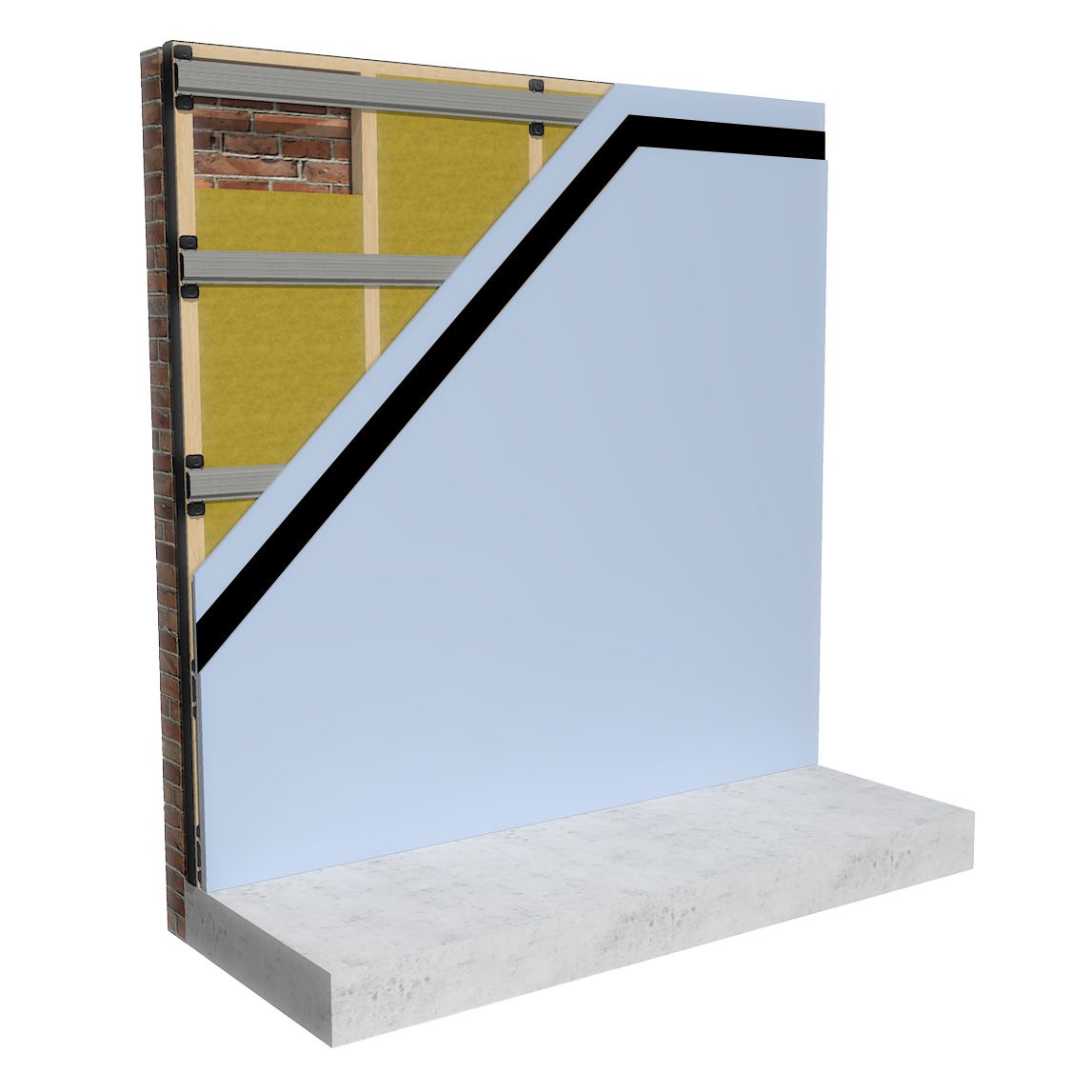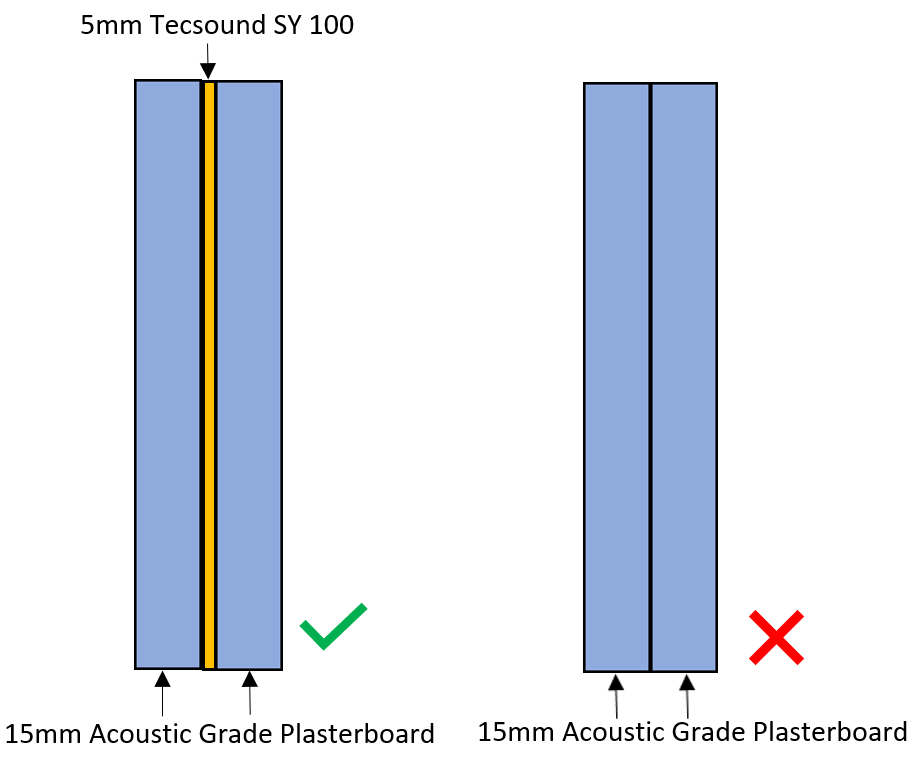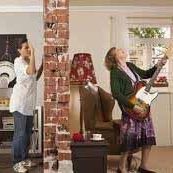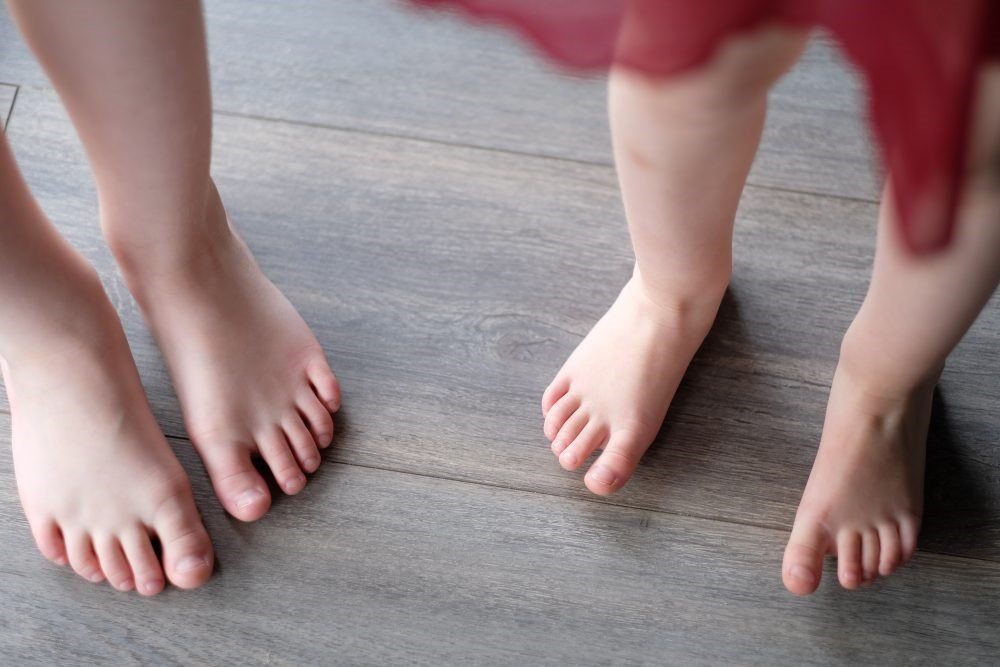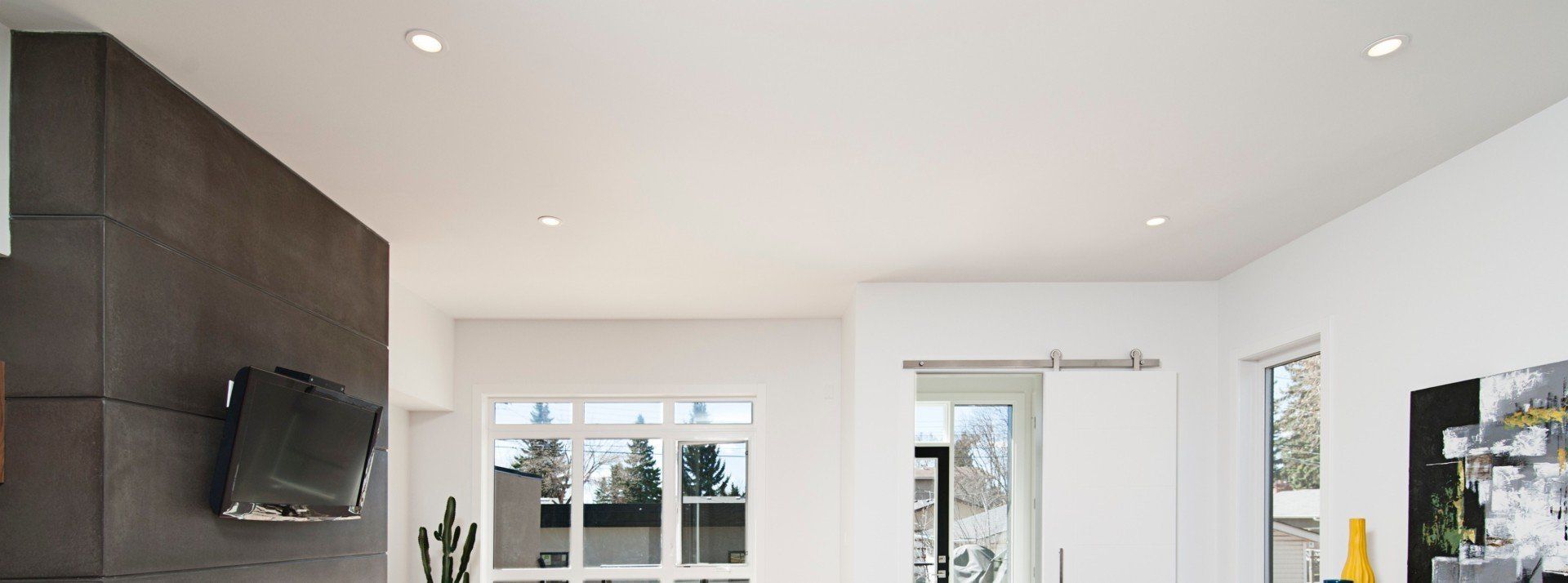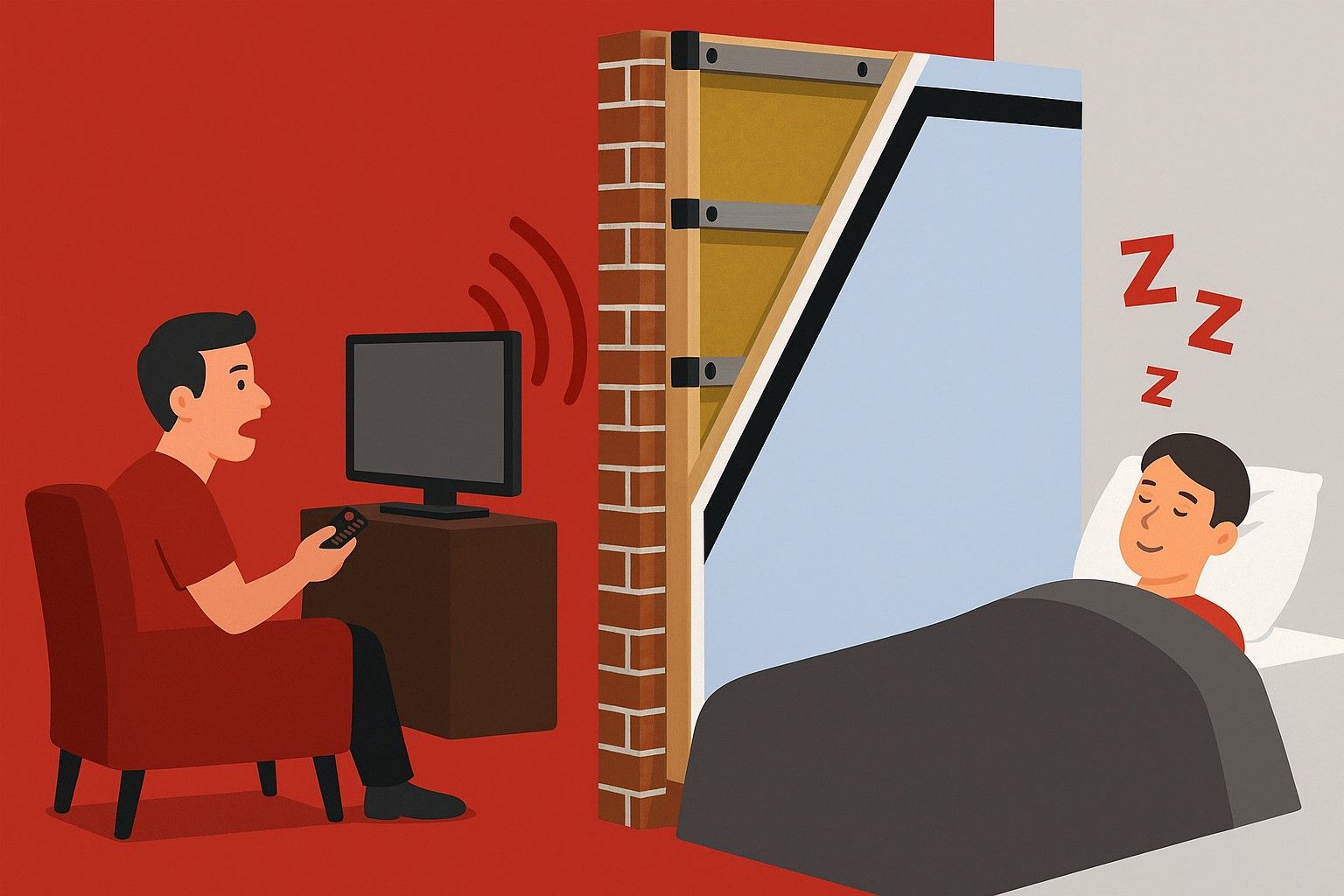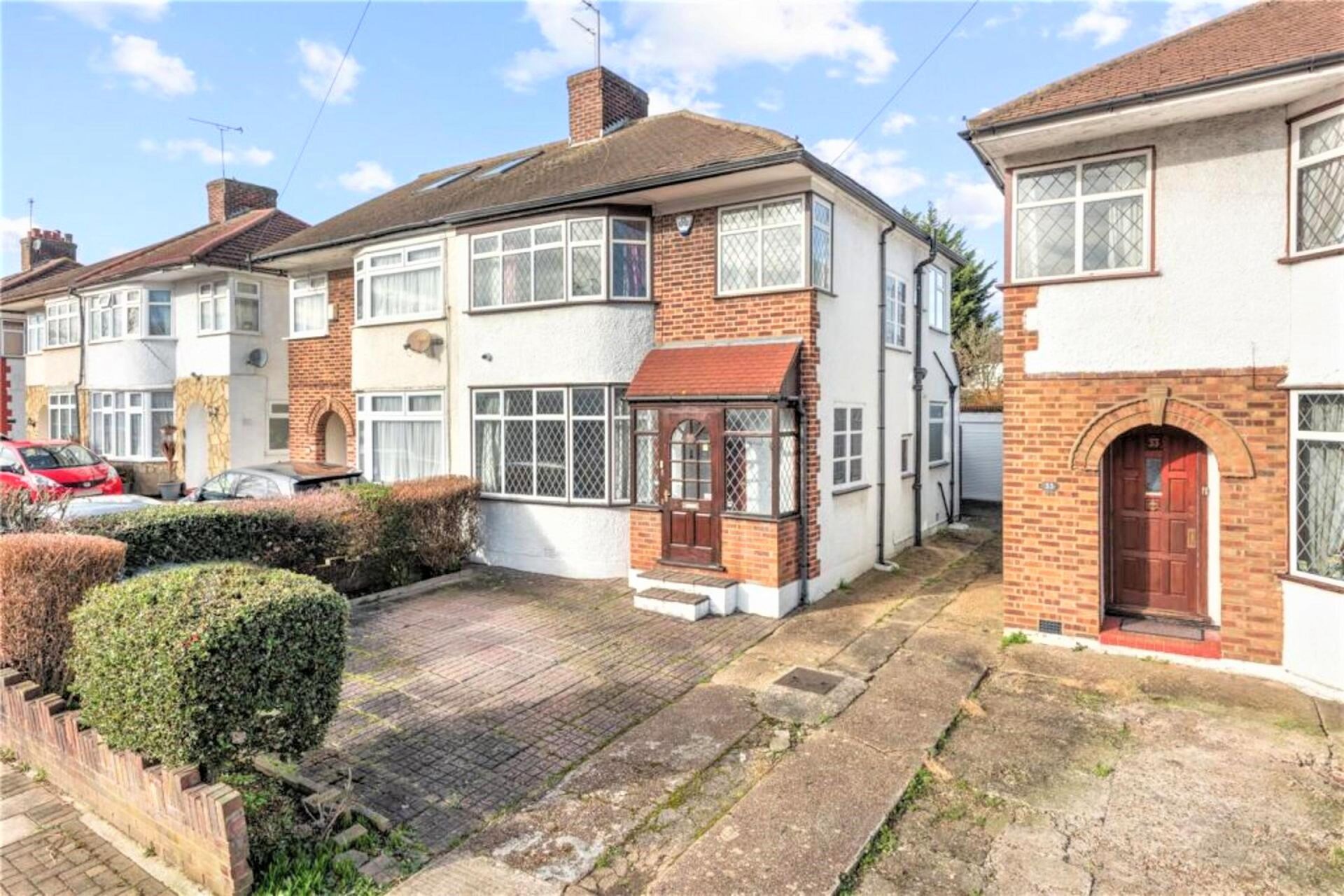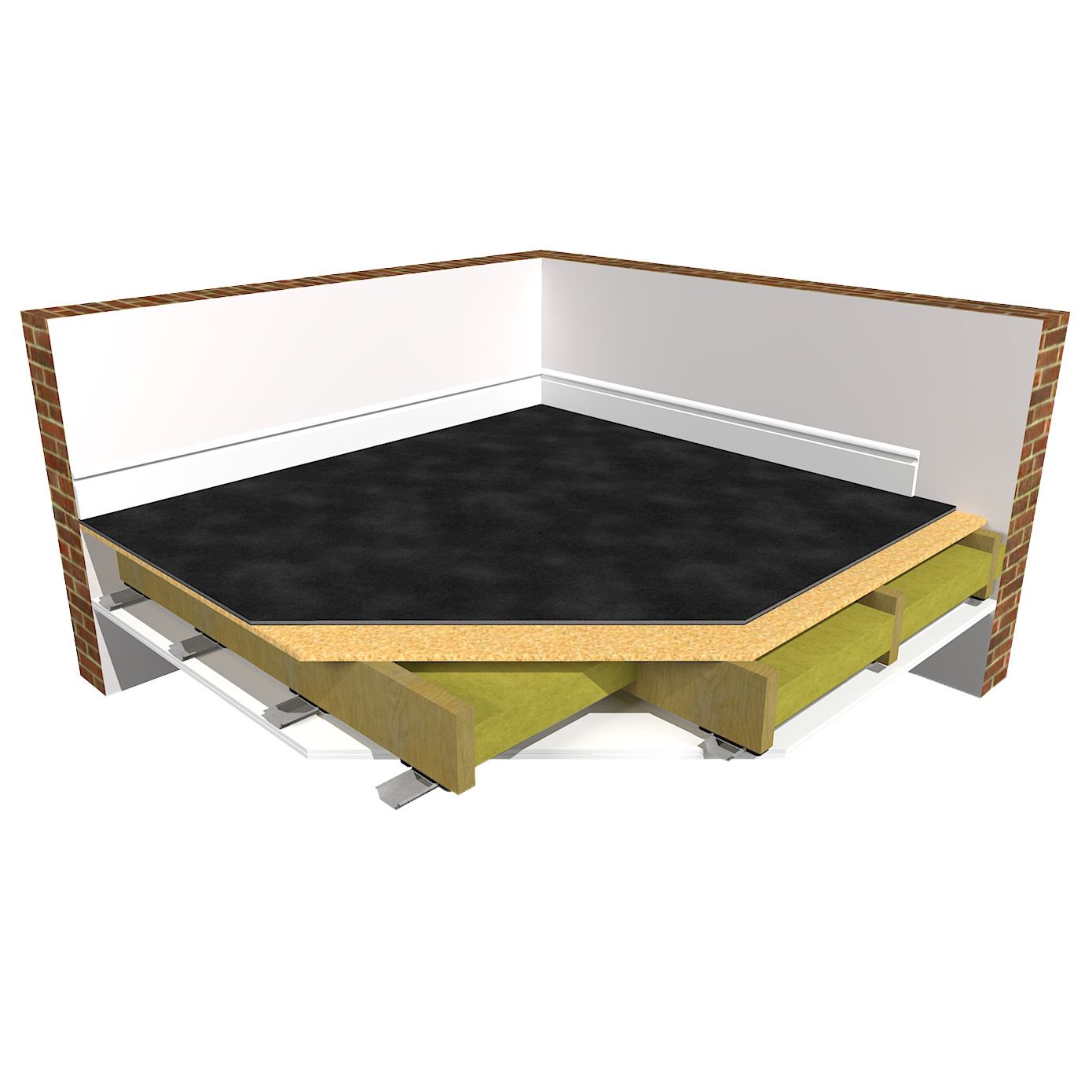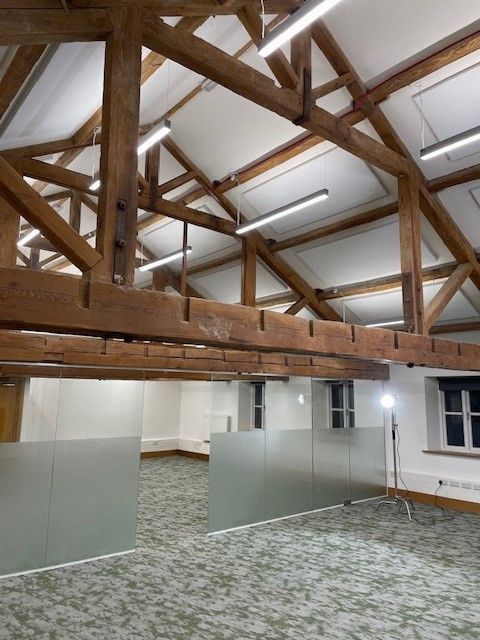Can I soundproof a wall by just adding Acoustic Plasterboard?
We often receive customers calls asking us whether they can just add one or two layers of Acoustic Plasterboard to the wall between them and their neighbours for a good cheap wall soundproofing solution .
Unfortunately we probably receive 2 to 5 calls a week from customers whereby their builders have done exactly this and the reason they are contacting us is because it has not worked.
So why does this not work? After all it says Acoustic Plasterboard on the product so it must be good soundproofing. Right?
Unfortunately acoustic plasterboard is only part of a system and is not a solution in its own right.
When we soundproof a wall with any of our systems we always apply the three main principles of good soundproofing:
- Improve the mass of the wall - This is normally achieved by adding different high mass/density products
- Use different high mass materials. Different types of mass perform better for different sound frequencies, so using a combination of high mass materials will always perform better than simply using more of the same material
- Improve the ability of the wall to absorb sound energy and vibrations through dampening or decoupling. Without this, the addition of the mass will have very little impact
So, fixing a flat plasterboard to a flat existing wall is increasing the mass of the wall, however it will not stop the sound energy and the vibration that sound makes from travelling through (point three is not achieved). Noise can still pass through relativity easily (particularly the lower base frequencies). Think about double glazing, two layers of glass with an air gap performs far higher than one piece of glass that is twice as thick.
Secondly, plasterboard is commonly fixed with dot and dab adhesive which can also reduce the walls performance, as it creates a small cavity where sound can resonate and amplify. see our blog on Dot and Dab Plasterboard.
Can't I just add more Acoustic Plasterboard to the Wall?
Unfortunately it is not as simple as simply adding more and more of the same type of mass material. Doing this will give you next to no benefit because of the law of diminishing returns, (i.e 2 + 2 does not equal 4 you will only achieve 2.5).
What is The Law of Diminishing Returns?
The Law of Diminishing Returns is a fundamental principle of Economics, the same theory can also be applied to Sound and Soundproofing.
If one type of material keeps getting added on top of each other (e.g. Plasterboard in this case), there comes a point where it will become less productive and therefore there will eventually be a decrease in the amount of noise that is blocked through a wall. Another way of putting it is that if the first layer of plasterboard blocks the frequencies that it is good at blocking, this will leave next to nothing for the second layer to block and a third layer will have next to no benefit at all.
So to summarise - every time we add another layer of the same material, each layer gets less effective (Law of Diminishing Returns). This is because it’s letting through the same frequencies of sound that the first layer let through, and blocking the same frequencies of sound that the first layer blocked.
How do you avoid this?
An example of where you will see a build up utilising different materials with different properties and masses is with our ReductoClip Systems. Attached to the ReductoClips and Furring Bars we sandwich FlexiSound 5 between the two 15mm Acoustic Grade Plasterboard layers. (FlexiSound is an excellent and cost effective alternative to Tecsound).
This mixes different mass layers that block different frequencies, working together to block a wider range of frequencies when used in conjunction. This build up also provides a plasterboard finish which can be decorated like a normal plasterboard wall.
In Conclusion
To conclude, on the surface it may seem like just adding acoustic plasterboard to a wall will be a cheap alternative. However, in reality it actually makes very little difference to your soundproofing and adding a second layer on top is normally a waste of money.
You are much better off going with a tried and tested system for your wall like the ReductoClip System, that will give you real and noticeable results.
Share
"We don’t expect you to become an overnight expert in soundproofing, that’s what we’re here for."
